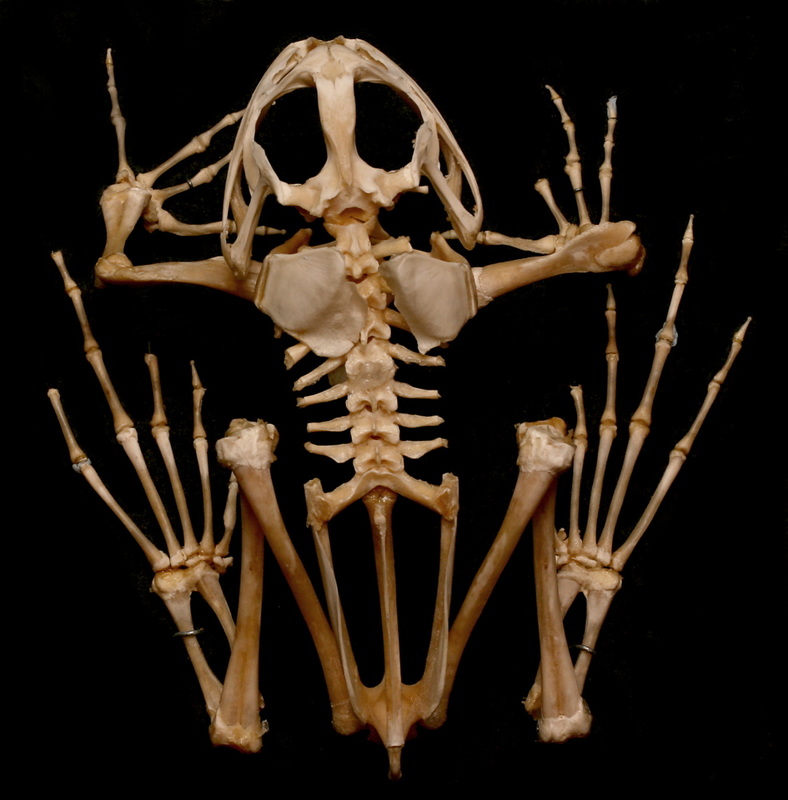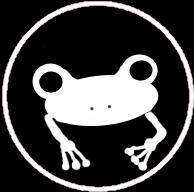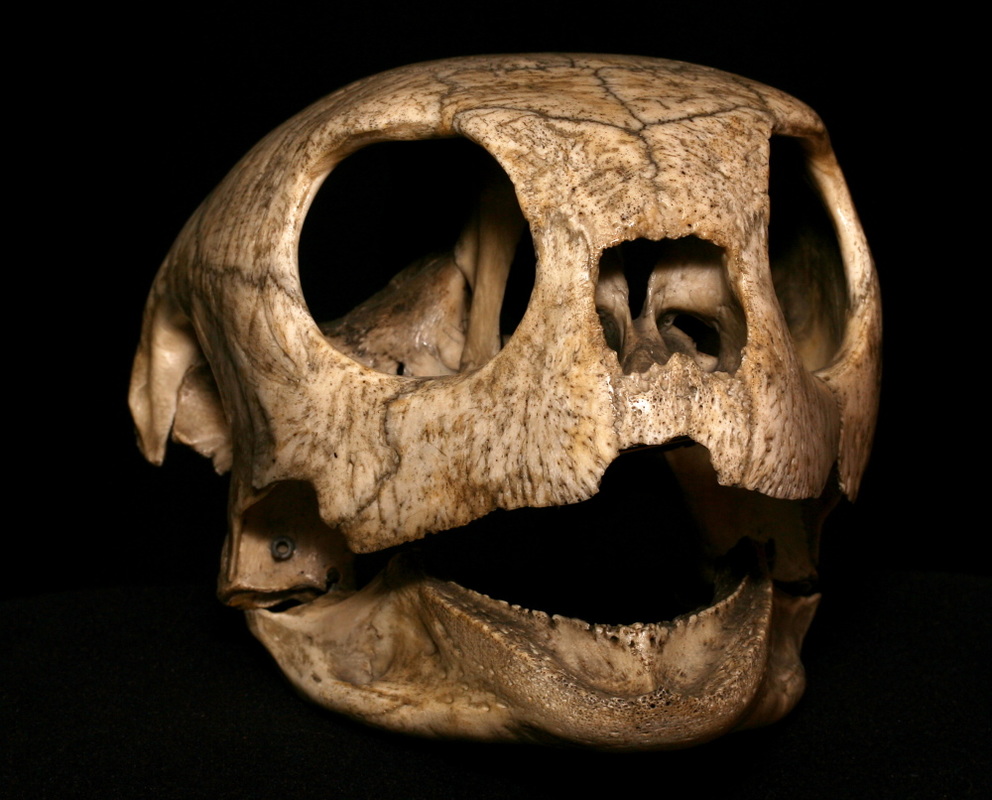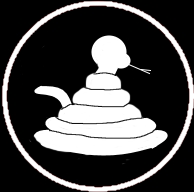Amphibians
|
These are cold-blooded vertebrates that are midway in evolutionary development between fishes and reptiles. Amphibians have permeable skin through which oxygen from both air and water can pass. Living amphibians include frogs and toads; salamanders and newts; and caecilians. Most amphibians have an aquatic larval, or tadpole, stage that metamorphoses into a terrestrial adult. Amphibians were the first vertebrates to move from an aquatic environment to land, and they are the ancestors of all reptiles, birds and mammals.
The collection includes a rare Japanese giant salamander – the largest salamander species in the world; the skeleton of a caecilian – an unusual specimen as these creatures are notoriously elusive; American bullfrogs – the largest frog species in the world and a troublesome invasive species worldwide; and an African clawed frog - the movement of this latter species has contributed to the spread of a chytrid fungus which causes chytridiomycosis, a disease fatal to many different amphibians and causing dramatic declines. |
Amphibian specimens by alphabetical order:
Reptiles
|
Reptiles are cold-blooded, air-breathing vertebrates covered in a scaly skin which is characteristically dry and has few or no glands. Living reptiles include snakes, crocodiles, lizards, turtles and tuatara. Except for snakes, reptiles have four limbs, which project to the side. This causes both lateral and forward thrusts when the animal walks. Reptiles occupy an intermediate position in evolutionary development between the amphibians and the birds and mammals.
The museum includes examples from all the living reptile groups and fossils from extinct reptiles that roamed the earth alongside the dinosaurs, including ichthyosaurs – marine reptiles that resemble dolphins, and pterosaurs – flying reptiles known as pterodactyls. The casts of fossilised pterodactyls in the museum were originally discovered in the Solnhofen limestone in Bavaria, Germany. Study of the fossils reveals an interesting adaptation, that the pterodactyl’s wings were formed by a skin and muscle membrane that stretched between its little finger to its hind limbs. |





